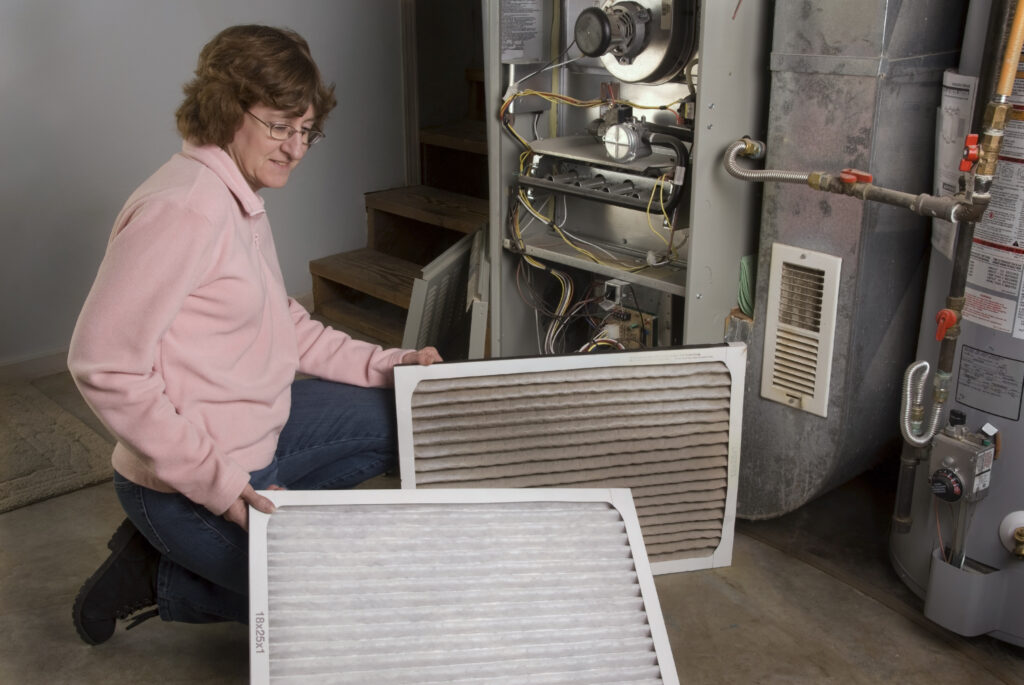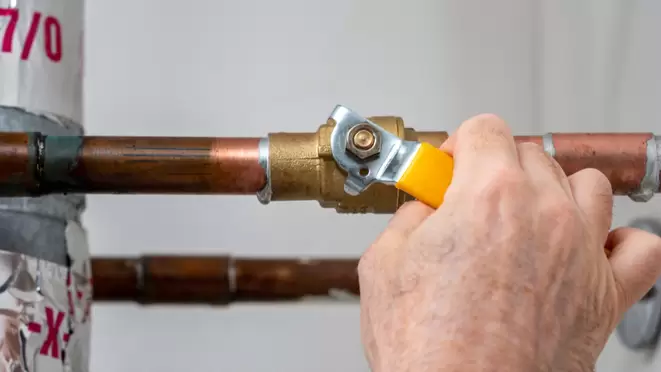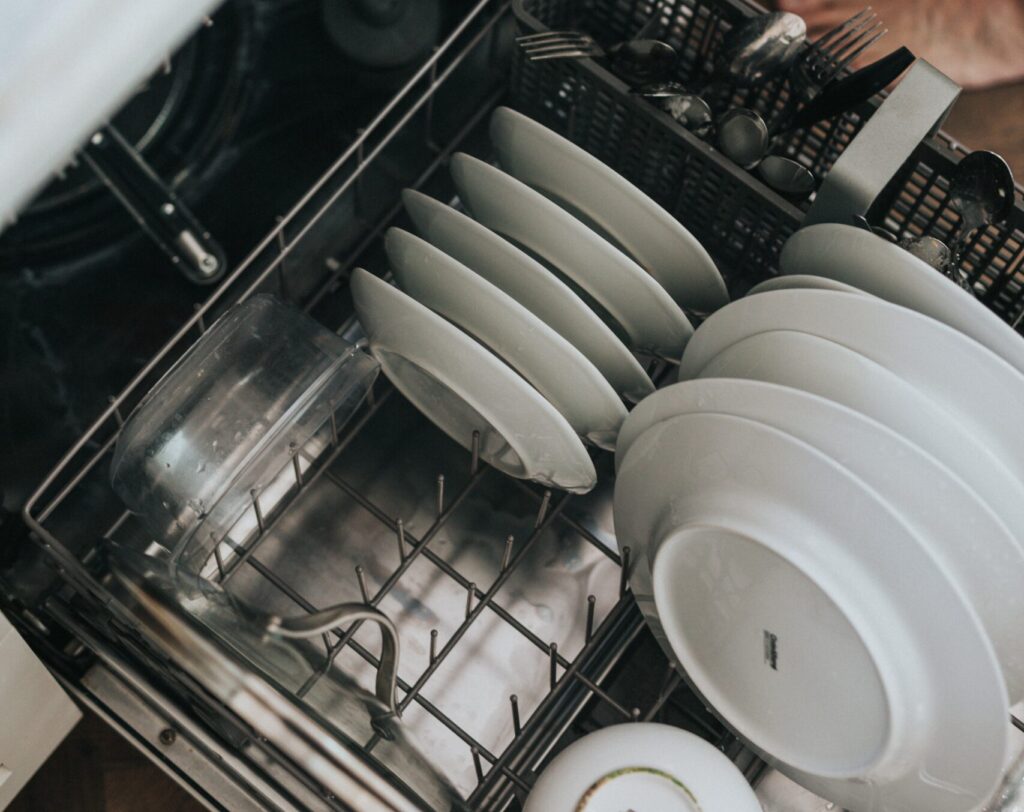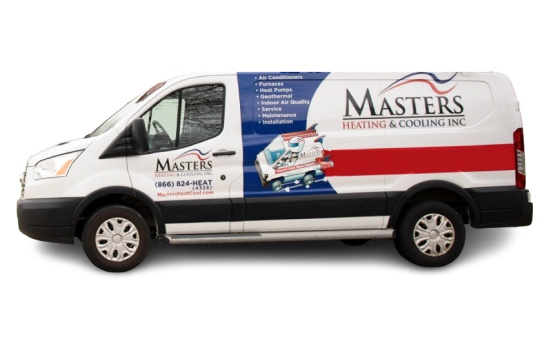How does this thing work anyway? If you’ve ever wondered that about your boiler, this is for you. Read the homeowner’s guide: how does a gas boiler work?
Keyword(s): Gas Boiler
Gas boilers are a common component of centralized heating systems, with many homes utilizing them. For consumers, however, they can be a bit of a mystery.
They’re actually relatively simple devices. Understanding how they work can also help you understand when it’s time for repairs or replacement.
Let’s dive right in and see how your gas boiler works. Whether you’re a curious homeowner or an aspiring techy, there’s always more information you need.
How Your Gas Boiler Works
Gas Boilers Are Relatively Simple Devices.
The heating source, which powers the whole mechanism, is natural gas. It’s ignited by a pilot light that heats the reservoir tank of the boiler.
When the thermostat tells it to, or when you turn it on manually, gas is allowed into the chamber and ignited. The mechanism is usually a smaller piece of gas piping filled with many holes to create a flame jet effect.
The heat from the flames hits the heat exchanger. Your heat exchanger is comprised of many small fins made of a metal with high heat conductivity. These surround a pipe that’s filled with water.
The pipe is part of your central heating system and runs throughout your home. This piping runs through the radiators, which are placed around the home where thermal energy is exchanged yet again to the fins and body of the radiator.
From there the heat… well, radiates. This allows the boiler in your basement to heat the whole home through a simple thermal exchange.
In order to facilitate the process, an electric pump is placed in-line with the piping. By the time the water has returned to the boiler again, it has lost much of the heat that it has carried through the home — and the boiler heats it again.
It’s a very simple process, relying entirely on moving the energy of the burning natural gas through your entire home.
Water and the metal of the radiators are simply the media of heat exchange.
The results of the combustion process, which can include carbon monoxide, are vented through the flue, which is really the only other part of the system.
What About The Radiators?
The radiators are actually simple devices with no moving parts.
The way that they work is through simple thermal transfer. The heated water passes through a coil of copper piping contained within the body of the radiator.
The radiator piping is bent repeatedly in order to allow a longer time for the heat to transfer.
There’s one big thing about radiators that are key to understanding your boiler system: radiators are binary. They’re either on or off.
In older systems, this means you can have a pretty big heat differential throughout a home if the system wasn’t well thought out from the start.
Nowadays, you can use a thermostatic radiator valve that will sense the air temperature around the radiator. This component can cause the water to be diverted around an individual radiator to keep the room from becoming too hot.
Since most homes only have one central thermostat, you can save some energy this way and prevent an already warm room from overheating.
If you do opt to place TRVs in your home, make sure you install them in rooms other than the one with your primary thermostat. If you don’t, then you’ll create a goofy feedback loop since they’ll be directly opposing.
And The Thermostat?
Your thermostat is designed to measure the air temperature in the room it’s placed in. If the temperature goes underneath what you have it set at, then your central heating will fire right up.
Once the temperature has been exceeded by a couple of degrees, the system will automatically shut back down.
Remember that your thermostat generally only reads the temperature in the room it’s placed in.
Comparing Furnaces And Gas Boilers
Furnace and gas boilers are the two most used methods of residential heating.
Compared to furnaces, boilers are more energy efficient by a pretty big margin. They’re also more consistent in their heating and require less maintenance.
On the other hand, they’re more expensive to initially set up. This explains the huge presence of heating furnaces in the market for newer homes.
Boilers can also have pipes leak within the water system. Water damage is a serious matter and not something that homeowners want to deal with.
Furnaces are generally cheaper, but they’re less efficient and require more maintenance, such as replacing the filters. They can also move allergens around the home since they rely on air as their heat transfer media.
If you already have a boiler, it’s usually a good choice to stick with it — as opposed to replacing it with a less efficient furnace.
Both require a significant amount of residential infrastructure, so switching from one to the other is a complex process that not everyone wants to get tangled up in.
Boiling It Down To The Essentials
Your gas boiler doesn’t have to be a mystery. These simple systems have stood the test of time as a great choice for central heating systems since their inception.
They’re also relatively easy to troubleshoot at home since you’ll immediately know when something goes wrong.
We don’t recommend you start breaking out the tools, though. Boiler systems require some expertise to work on despite their simplicity.
If yours is malfunctioning, then why not contact us today? Our professional technicians are perfectly trained to get you back up and running in no time.









